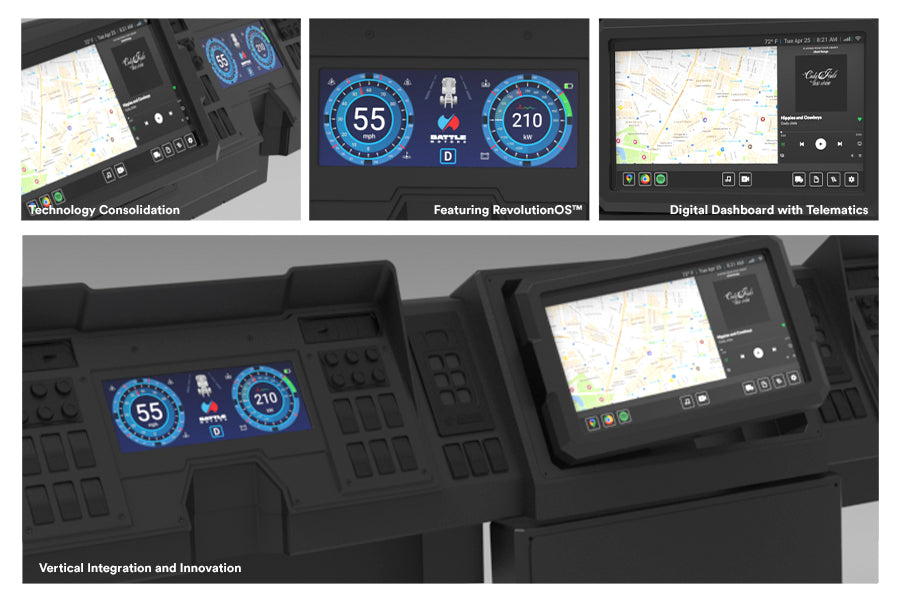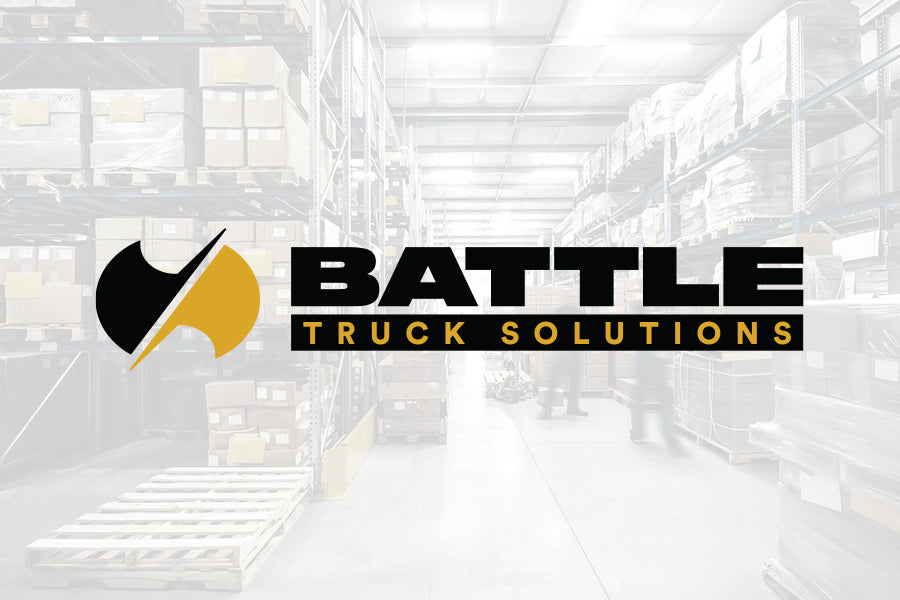From Making The Best Garbage Truck To Making The Best EV Garbage Truck

Battle Motors Goes From Making The Best Garbage Truck To Making The Best EV Garbage Truck
As a long-time manufacturing guy myself, some of my favorite conversations are the ones with people who have an absolute love of making whatever they’re making. And there aren’t too many folks with more energy in that regard than Mike Patterson, serial founder and entrepreneur and CEO of Battle Motors. “This is my fifth company,” he said. “At every other company, I’d finish my work in a normal workday. Now it’s not even close. Before this I’d never manufactured a vehicle, and that’s kind of ruined my life–but I love it!”
Most of the Battle Motors history comes via Crane Carrier Company, which got its start in 1946 taking the post-war glut of surplus military vehicles and modifying and reinforcing them for use by the construction and petroleum industries. Their experience in heavy hauling for those applications eventually led them to refuse collection, and in the 1970s they introduced a custom-made chassis focused on that segment, with an 18-inch step-in entry to make the collections crews’ jobs easier. While they continued to make heavy-duty trucks for a variety of applications, including “ship to shore” tractors for the U.S. Army, garbage trucks became their main focus.
Crane had begun working on an EV version of their truck when Patterson came along. “When I was CEO of Romeo Power [a company Patterson founded in 2016 to focus on advanced electrification solutions for commercial vehicle applications], I called on Crane to sell them batteries. When Romeo went public last year, I stepped down, bought Crane, and formed Battle Motors.”
One of Patterson’s two major focus areas when he took the reins at Crane was growing sales. “We make garbage trucks that are the best in the world,” he said. “But we were only selling 400 to 500 per year. When we bought the company, we made a conscious decision that we’d grow to make 1,000 trucks a year in 2021 to start. As we grow our volume, it means we pay wholesale versus retail for parts. We’re still more expensive, but only a little, for a way better truck. We have trucks from the 1980s still out there working–most garbage trucks only last seven to ten years.”
The other focus area is one of the major drivers of that growth, and that’s accelerating the company’s move into EVs. For Patterson, the timing couldn’t be better. “There are mandates driving electrification in all over California,” he said. “Similar things are happening in New York, Newark, and Philadelphia. Garbage trucks are a great application to help with this. They come out early in the morning, drive 100 miles or so, and go slow, which is great for the battery. They return at 5:00 or 6:00 pm, plug in, and are ready again the next morning. And they’re a great drive–very quiet.”
The manufacturing end is also a great fit in Patterson’s eyes. “Pretty much all I’m doing is taking out the Cummins L9 engine, Allison transmission and gas tank, and putting in an amazing BorgWarner electric motor and inverter, plus adding a battery pack and updated OS on a truck that’s already proven. We know our trucks are rock-solid.”
Part of gearing up for greater volume involves modifications to that manufacturing process. “We’re taking a 1950s style of manufacturing and modernizing it,” he said. “We moved to an ERP and instituted quality upgrades along with adding the EV. We’re very manual, which is kind of cool. We’re drilling panels and creating the sub-assemblies, putting axles we manufacture ourselves onto the chassis, physically moving the steel and lifting motors and placing everything with people. But we’ve been able with our upgrades to go from making one and a half trucks a day on average in February to four a day now. And we’ll get that up to eight a day in October.”
Patterson sees additional opportunities as well. “We’re working on range extension technology,” he explained. “Next we’ll go into beverage delivery vehicles–soft drinks, beer, and so on. I can see us selling 2,000 to 4,000 refuse trucks a year. But we could probably sell 10,000 to 15,000 beverage trucks a year. It’s a no-brainer when you can save over $12,000 a year in diesel fuel costs alone, plus there are no fluids to change, and way less maintenance. Especially with the government vouchers, the ROI is immediate.”
To help with infrastructure installation, Battle Motors announced in June that it has partnered with PositivEnergy, an EV-charging infrastructure supplier, to install charging stations for its customers to make going EV a one-stop-shop experience.
For Patterson, the manufacturing end is about more than his company. “Look, manufacturing is alive and well in North America,” he said. “It can be done here, and you can grow it here too. We’re working on setting up a CNC division right now to be able to make any part we need. In addition, we just poured the cement to add 150,000 square feet to our main production factory in Ohio. We can bring manufacturing back to North America.”
Jim Vinoski
Forbes Magazine









